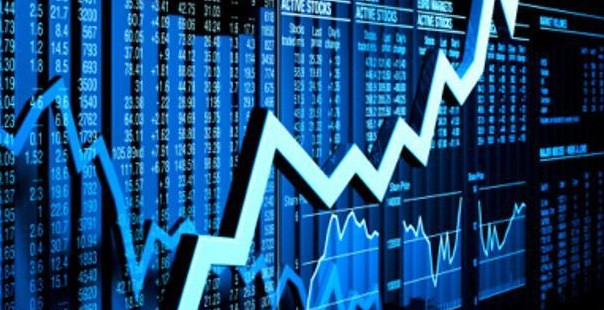
When discussing investments such as stocks or equities, treasury bills and bonds, gold and other commodities, or even collectibles, people tend to lose sight of the forest from the trees. Why is that? Because really if you break it all down: When you invest in stocks or equities, you are investing in companies and businesses.
What is a company? Well, according to the definition of Wikipedia, a company is:
A collection of individuals that focus their various talents and organize their collectively available skills or resources to achieve specific, declared goals.
The word “company” originated from the military term, a body of soldiers, or a group of people. Therefore, when you invest in equities, you are investing in people and their creativity.
When you bought MSFT shares during it’s IPO in 1986, you were investing in the company Microsoft, but more importantly, in Bill Gates and Paul Allen’s talents to continue innovate with ideas and bring in profits. You were hoping that Microsoft would create software such as Windows 95, 97, XP, 7, 8, and hopefully 9.
When you invested in General Electric in 1896, you are banking its employees to create innovative new household items for everyone, such as the lamp, the locomotive, the X-Ray machine, and the electric fan.
It is human ingenuity that brought us the wheel, fire, telephones, skyscrapers, jets, and Internet.
To better support my stance, imagine that you aren’t investing for 30 or even 40 years. Imagine that you are investing for over 500 years. What would you pick? Stocks and companies? Gold? Stamps? Bonds?
If that $1 was invested in a hypothetical index fund in 1514, what would it be worth today? I don’t know the exact amount but it would be safe to say you would have dabbled in the Dutch East India Company, which paid out dividends from 12% to 63% for about 100 years. You would have taken part in the British East India Company, which had equal success before it’s collapse. You would have gotten in on 12 original DOW Jones companies (most of them still alive and thriving). Professor Jeremy Siegel calculated that $1 invested in 1802 would have grown to $260,000 by 1992 ($1 million in 2014). If your $1 invested in 1514 had grown to just $1000 by 1802, then your living descendants today would be billionaires.
Pretty crazy, huh? Could that ounce of gold or stamp collection in 1514 make you a billionaire today?
According to the great Swami Vivekananda, there is no limit to the human mind. Invest in equities, my friend.